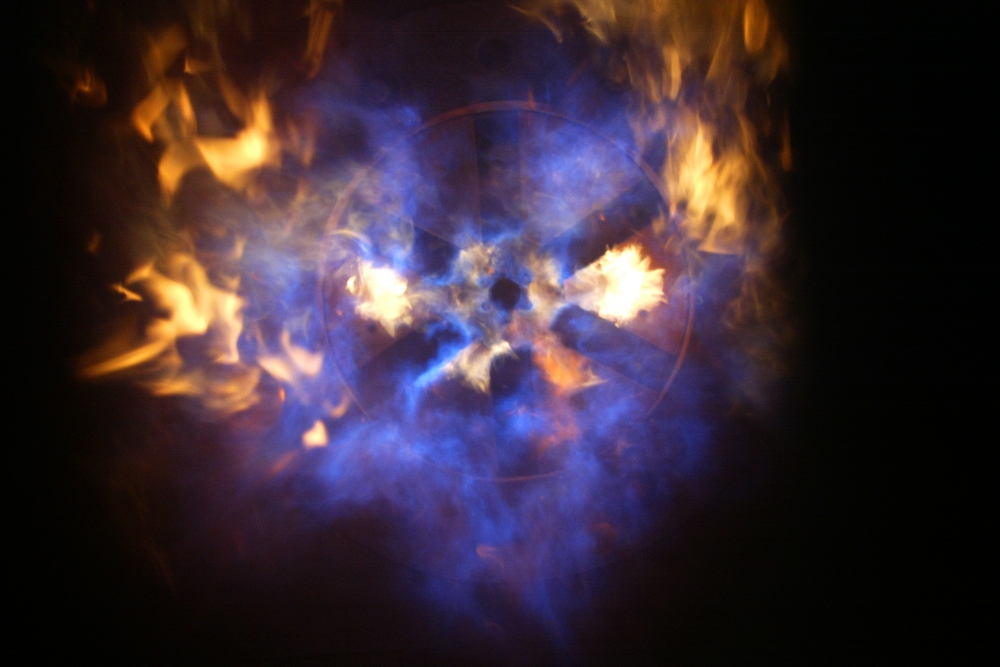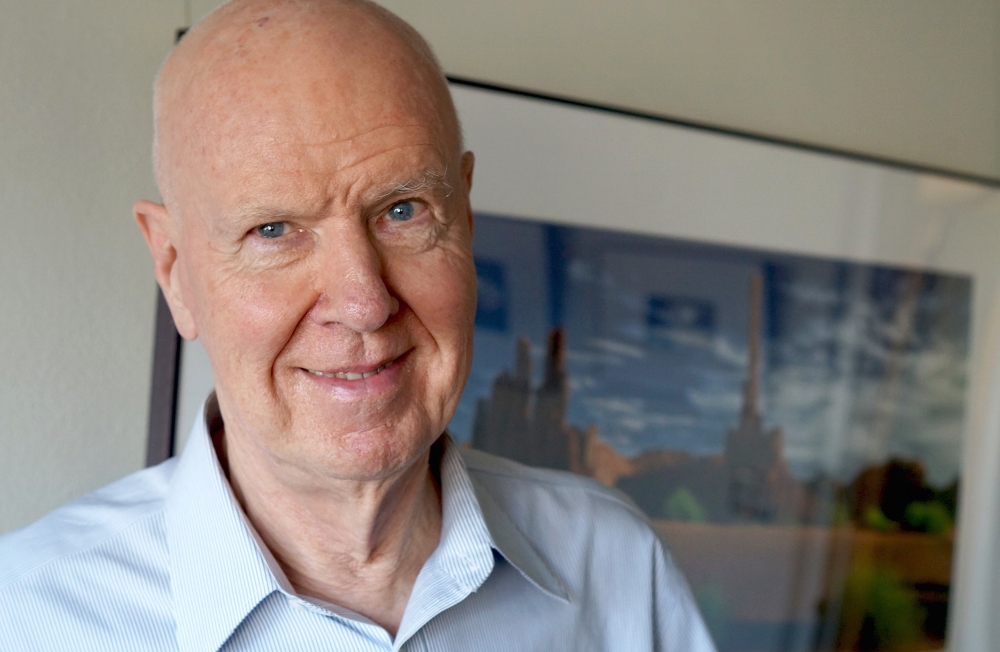
Carbon Neutrality in Three Steps

Universities across the country have set ambitious goals to shrink their carbon footprints. The University of California launched its Carbon Neutrality Initiative in 2013, aiming for carbon neutrality by 2025. But amid the broad support for climate action within the UC system, the question of how to actually hit that target has continued to loom large.
Now, a 27-member team composed of researchers, facilities managers and students from across the UC campuses, including UC Santa Barbara, has released a report that presents a feasible strategy to help achieve carbon neutrality through a singularly game-changing act: replacing natural gas with more climate friendly options.
Like the state of California, UC campuses rely on highly efficient power plants that burn natural gas. Since natural gas accounts for two-thirds of the greenhouse gases emitted by all UC operations, phasing it out will be critical for a carbon-neutral future.
“Economically, energy efficiency is a no-brainer,” said David Auston, director of the TomKat Foundation-funded project, a researcher at UCSB’s Institute for Energy Efficiency (IEE) and a senior fellow at the campus’s National Center for Ecological Analysis and Synthesis (NCEAS). “Not only is it wise to do it because it saves money, but those funds can be used to make investments in other things like electrification and biogas.”
The report’s three-step plan to reduce the UC’s consumption of natural gas entails aggressively increasing energy efficiency across all 10 campuses and five medical centers and in the short term replacing natural gas with biogas. In the long term, the goal is to electrify all end uses of energy and switch to only renewable sources.
Amplifying the message of the report is a paper in Nature Climate Change written by the report team, which urges the world to look to local institutions, such as the UC, for leadership in meeting carbon-reduction commitments established by the 2015 Paris Agreement. The recommendations are widely applicable in the United States, given that the nation’s energy system is increasingly dependent on natural gas and will ultimately face similar challenges as it decarbonizes.
“Cities, firms and other local actors are on the frontlines of serious action to address climate change,” said the paper’s lead author David Victor, a professor at UC San Diego’s School of Global Policy and Strategy. “Where they succeed the rest will follow. The University of California system is poised to be one of the world’s most important leaders.”
Using less natural gas is an immediate priority for the UC, which is already on the leading edge of energy efficiency. The report encourages a continued push toward “deep energy efficiency” by retrofitting more existing buildings and designing new buildings to be not only highly efficient but also all-electric rather than reliant on gas-fueled systems.
“The cost of renewable electricity is falling, and our ability to design efficient all-electric facilities is improving,” said the report’s lead author Alan Meier, a senior scientist at the Lawrence Berkeley National Laboratory (a U.S. Department of Energy lab managed by the University of California) and adjunct professor at UC Davis. “We can build carbon-neutral buildings.”
Deep efficiency would also mean cost savings, freeing up money to reinvest in further decarbonization measures. The report estimates that continuing to aggressively retrofit existing buildings at all campuses could capture an additional $19 million per year of net energy cost savings by 2025, on top of the $24 million per year the UC has already achieved over the past decade from its efficiency measures.
To wean the campuses off their remaining natural gas needs, the report proposes replacing natural gas with biogas, which is energy derived from organic materials such as food and agricultural waste, certain crops and biosolids from wastewater treatment plants. While chemically identical to natural gas, biogas is climate-friendlier because it is renewable; the plants that produce the carbon burned for energy also consume atmospheric carbon.
The report frames biogas as a stepping stone to carbon neutrality for the UC, rather than a long-term solution. Like its fossilized counterpart, biogas is mostly methane, a greenhouse gas, which means methane emissions from gas infrastructure would still be an issue.
“We view biogas as an interim measure that buys us more time,” Auston said. “Ultimately, it must be phased out and replaced by 100 percent electrification.”
Complete electrification will mean converting all university buildings and facilities to electricity powered by solar, wind and other renewable sources, a conversion that is already underway at some campuses. A full transformation could unfold with time and some technological leaps — for example, advancing the technology and adoption of renewable energy storage and equipping existing buildings with heat-transferring technologies, such as heat pumps, to reduce their reliance on central heating loops.
So, can the UC achieve its goal of carbon neutrality by 2025?
“The goal is achievable, but it may not happen the way people expect it to,” said Meier, alluding mainly to the temporary reliance on biogas to get campuses over the hump.
It will also depend on what individual campuses do. Auston called their report a “broad-brush plan” that serves as a starting point to be individualized for each campus. A lot will depend on the allocation of resources and willingness of campus leadership to take action.
“We hope the report will generate a dialogue that will help people get their arms around these big questions,” said Auston.
Independent from the UC’s Carbon Neutrality Initiative, the report and paper are part of the larger TomKat Carbon Neutrality Project to identify practical, bottom-up strategies for meeting the 2025 deadline. This effort was funded by the TomKat Foundation and the UC Office of the President (UCOP) and co-led by UCSB’s NCEAS and the IEE. Additional financial support for the report came from the Center for Information Technology Research in the Interest of Society and the Banatao Institute.
“This new report is a great example of why we recently formed the University Climate Change Coalition with leading research universities across North America,” said David Phillips, UCOP’s associate vice president for energy and sustainability. “It is critically important that we apply this kind of climate research knowledge locally to help our government and business partners achieve their climate goals.”



